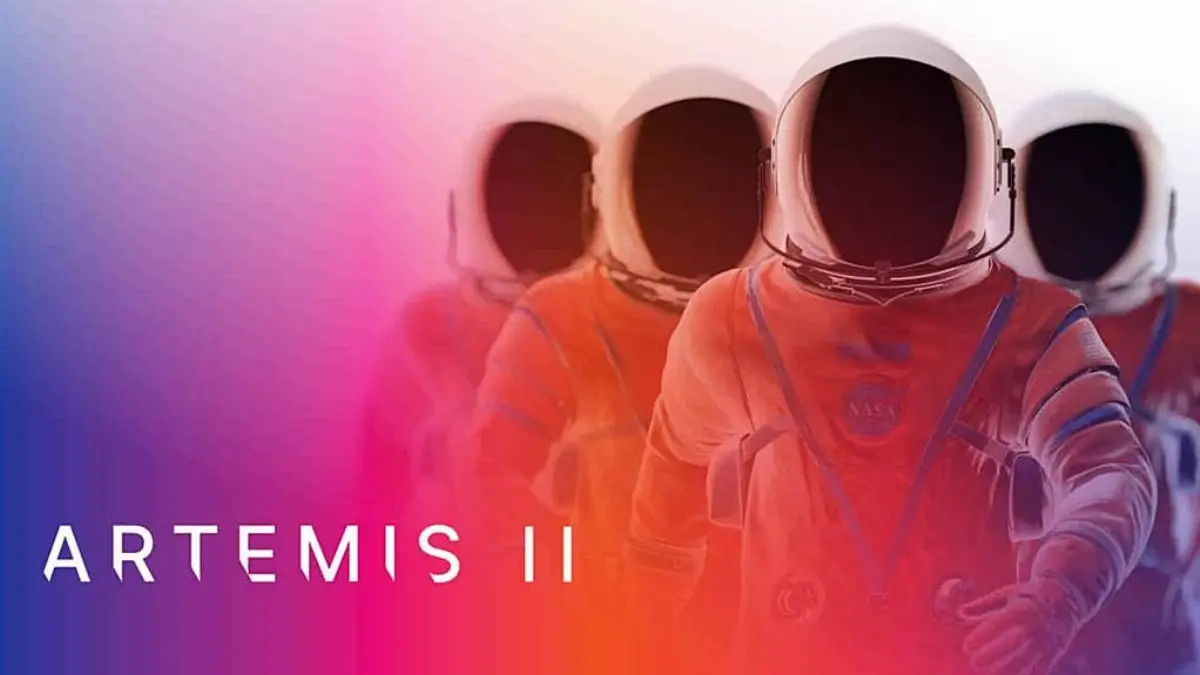
USA: does the shutdown cast doubt on NASA's future programs?
Political paralysis in Washington threatens plans for the 2026 lunar flyby

While thousands of employees are on leave, only the essential core of the Artemis program remains operational
One week after the start of the United States federal government shutdown that began on October 1, 2025, due to Congress's failure to approve a funding bill, NASA (the American space agency) has entered a reduced operational state. The agency, a pillar of American lunar ambitions, has suspended most of its routine activities, including public communications and research, leaving the schedule for the Artemis program —crucial to the new space race— uncertain.
Under the Continuity of Appropriations Plan for the absence of appropriations (NASA Continuity of Appropriations Plan) revised on September 29, the agency had to place approximately 15,094 of its 18,218 civilian employees on unpaid leave (furlough). Only "excepted" personnel, whose duties are deemed essential for the preservation of human life and the protection of government property, continue to work.
Three are the main operational areas that NASA is keeping active with reduced staff:
- Operations of the International Space Station (ISS): indispensable to ensure the safety of astronauts in orbit.
- Satellite operations: for the control of critical missions.
- Development and operations of the Artemis program: in a significant departure from previous shutdowns, NASA has included lunar program activities among the exceptions, recognizing their strategic importance.
Despite this exemption, the shutdown casts a shadow over preparations for Artemis II, the first crewed mission to fly around the Moon since the Apollo era. The launch, planned at Kennedy Space Center in Florida, has a window set for February–April 2026, with an initial available date indicated as February 5 or 6, 2026. The mission, lasting about ten days, will serve to test the Orion spacecraft and the powerful Space Launch System (SLS) rocket ahead of the subsequent crewed lunar landing of Artemis III. Assembly work on the rocket and capsule is proceeding, in collaboration with private partners such as SpaceX and Blue Origin, who have been mobilized, but the suspension of support, research and overall planning activities risks creating an accumulation of delays that could have a cascading impact on the tight schedule.
All other non-"excepted" functions, such as educational programs, public access to NASA centers and much of the research projects, are suspended. The interruption of activities at a time when global competition in space — particularly with the advancement of China and Russia's lunar plans— is intensifying, raises concerns about the United States' ability to maintain its momentum and leadership in the aerospace sector. The White House, speaking for the President, has stated that the crisis is a consequence of a political standoff with the Democrats over immigration and healthcare spending. Meanwhile, employees on "forced leave" will not receive their pay until a funding agreement is approved.
AVIONEWS - World Aeronautical Press Agency